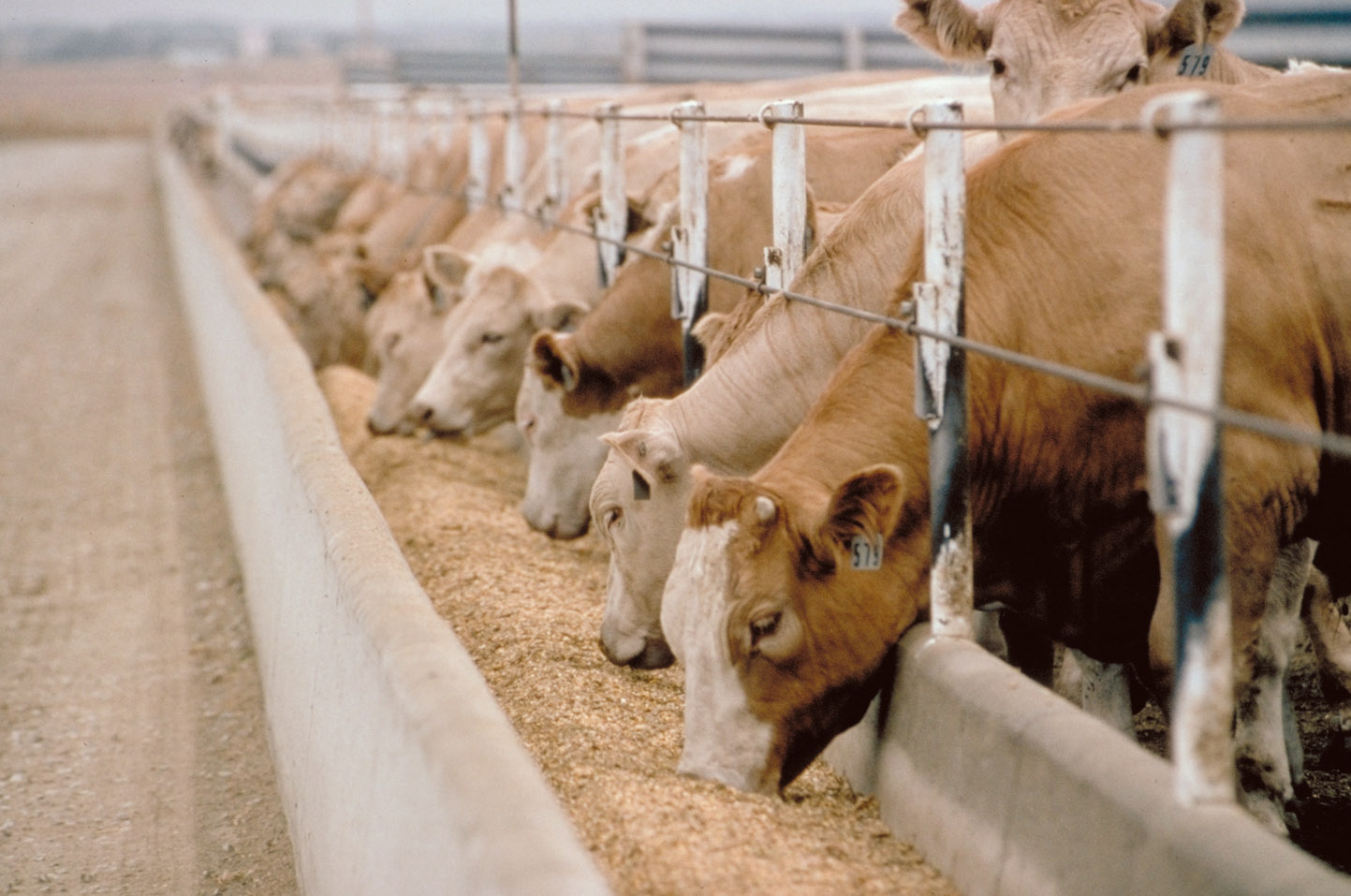Communal farmers lead in cattle ownership numbers
COMMUNAL farmers are dominating the livestock sector, accounting for over 64 percent of the total cattle population, the Ministry of Lands, Agriculture, Fisheries, Water and Rural Development has revealed.
The national herd is currently at 5 741 397 cattle with 3 699 303 coming from the communal area sector.
Masvingo and Midlands have the highest cattle populations of 1 002 632 and 983871 respectively.
According to the Second Round of Crops, Livestock and Fisheries Assessment for the 2024/2025 summer cropping season, the Old Resettlement sector has 499 672 cattle.
A2 farmers have 320 873 cattle, Small-scale Commercial Farming sector 156 237 and Large-scale Commercial Farming sector 66 099 cattle.
The A1 sector has 999 213 cattle.
Matabeleland North has 720 177 cattle, Mashoanalnd east 686 423 and Matabeleland South 677 244 cattle.
Manicaland has 650 484 cattle, Mashonaland West 543 949 and Mashonaland Central 476 617 cattle.
The report also states that the beef breeding herd (bulls, cows, and heifers) are 3 602 036 making up 63 percent (cattle)of the country’s total herd.
“National beef cattle herd is dominated by breeding females (cows and heifers), suggesting a strong foundation for sustained growth.
“The national cattle off-take rate for 2024 was 10.5 percent compared to 10 percent in 2023.
‘‘The estimated total beef produced in 2024 was 94 623 tonnes compared to 90 000 tonnes in 2023,” read the report.
“The bulling ratio is approximately 12 cows per bull.
According to the report, this is not within the acceptable range for natural mating (ideal range: 1 bull per 20-25 cows), but in communal farming systems, factors like poor bull fertility, lack of controlled breeding, and inbreeding could affect reproductive efficiency.
The report showed a decline in the calving rate.
The calving rate is low (34.6 percent), with only 790 702 calves recorded compared to 42 percent last year.
This was attributed to poor herd fertility, high calf mortality (18 percent), use of cows for draught power, and unregulated breeding practices.
“Improving nutrition, veterinary care, and breeding management could help increase calving rates,” the ministry said.
Most parts of the country have grazing adequacy of 7–10+ months, particularly in the southern, eastern, and central districts, indicating sufficient pasture availability for livestock through much of the year.
Grazing shortages (1–3 months) may however be expected in Tsholotsho, Beitbridge, Chikomba, Mutoko, and Hwange, necessitating supplementary feeding.-herald









